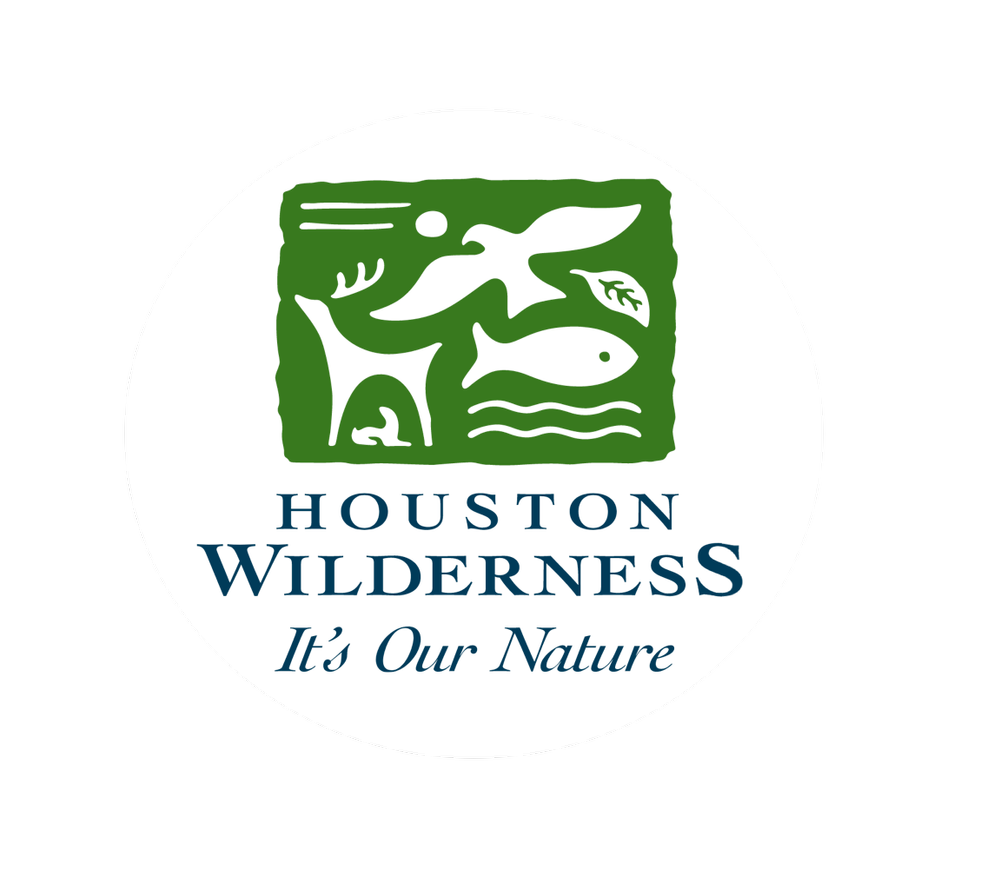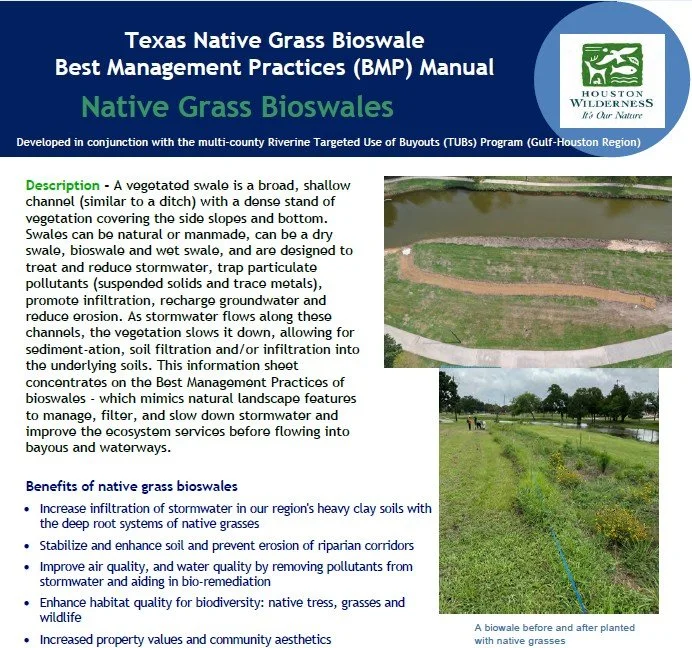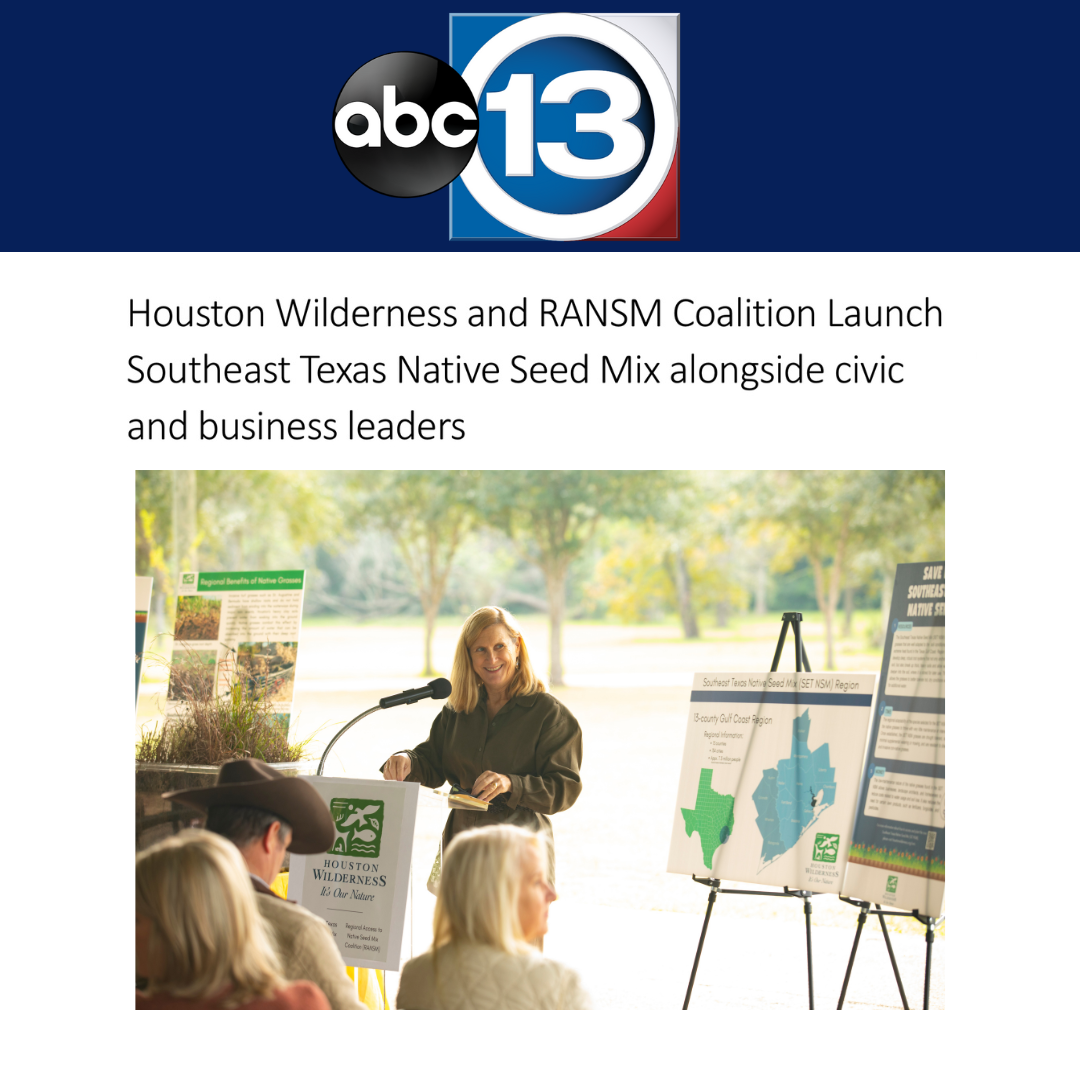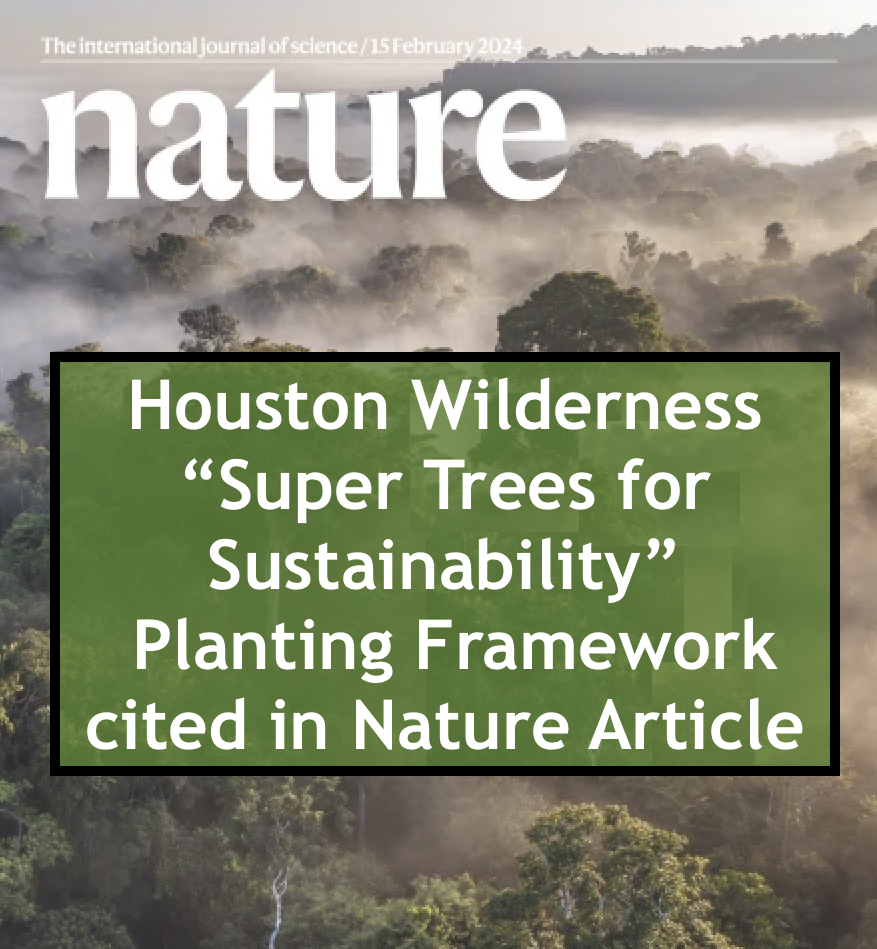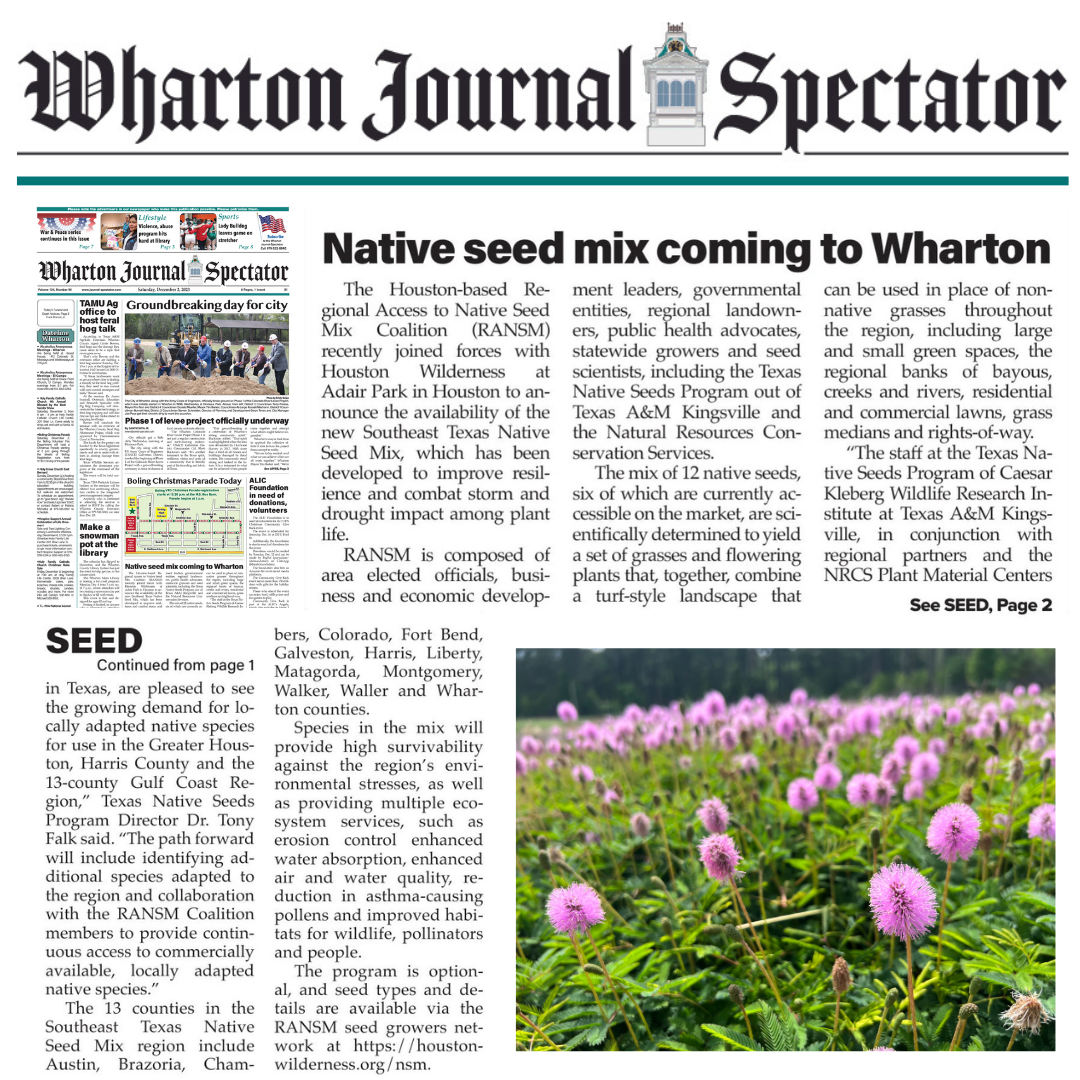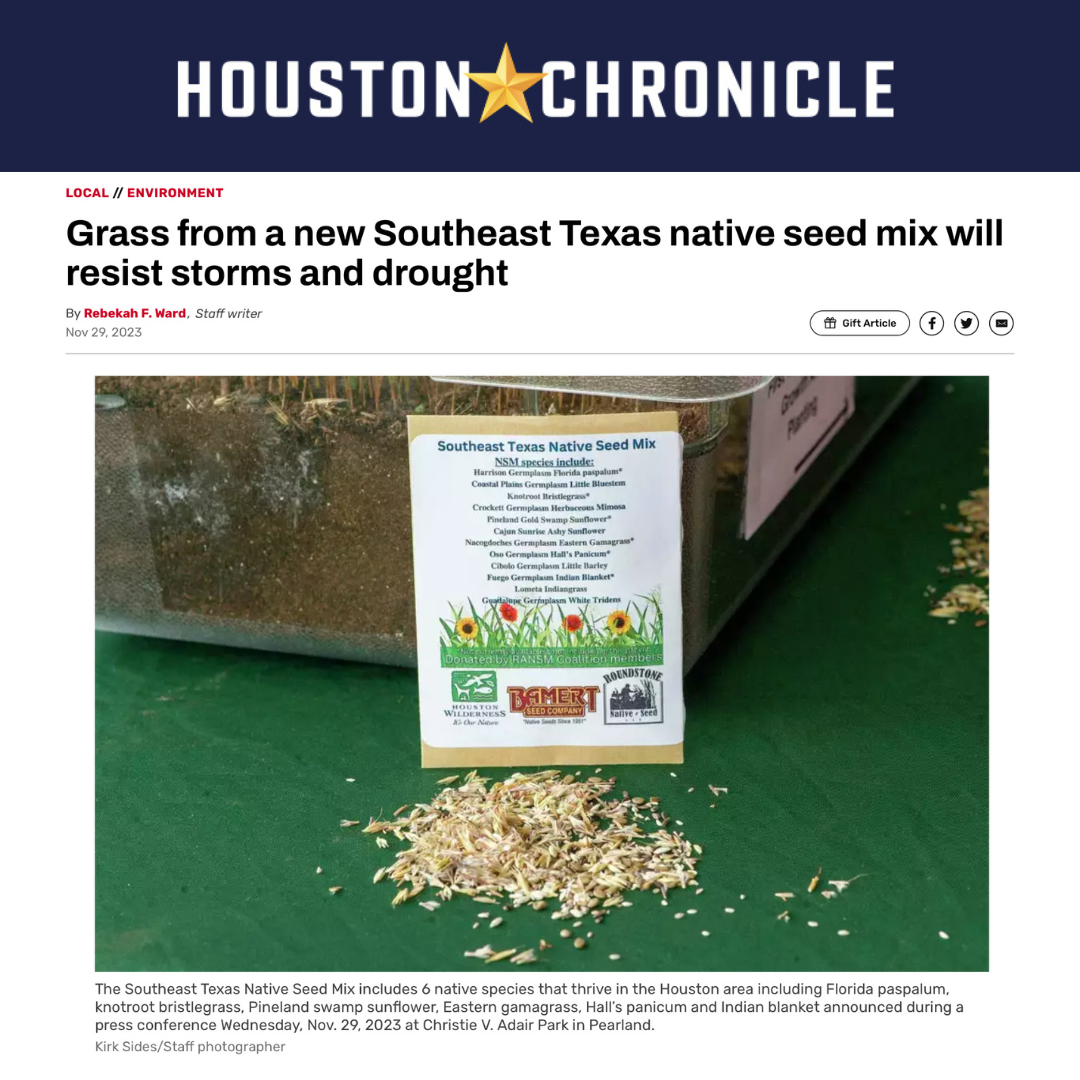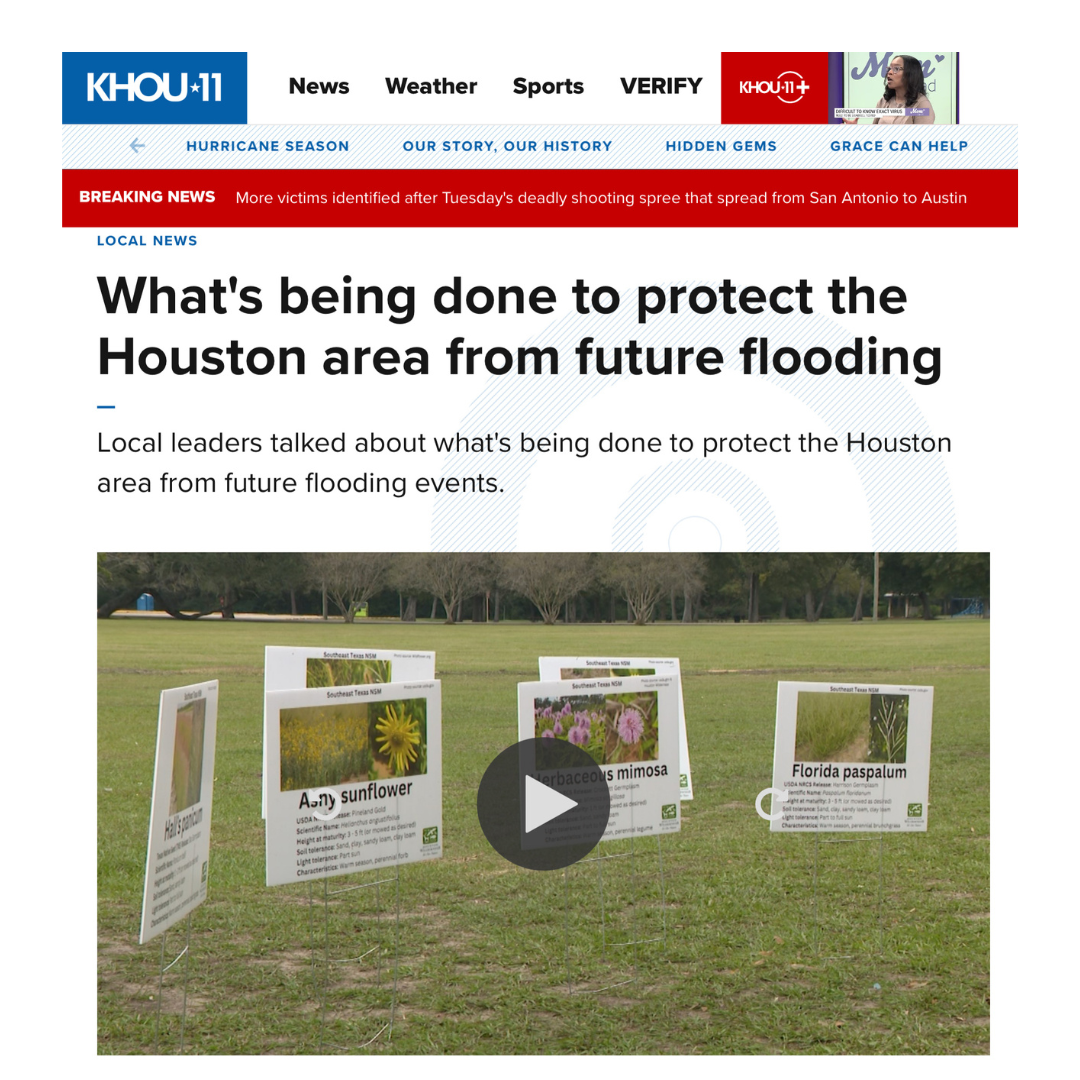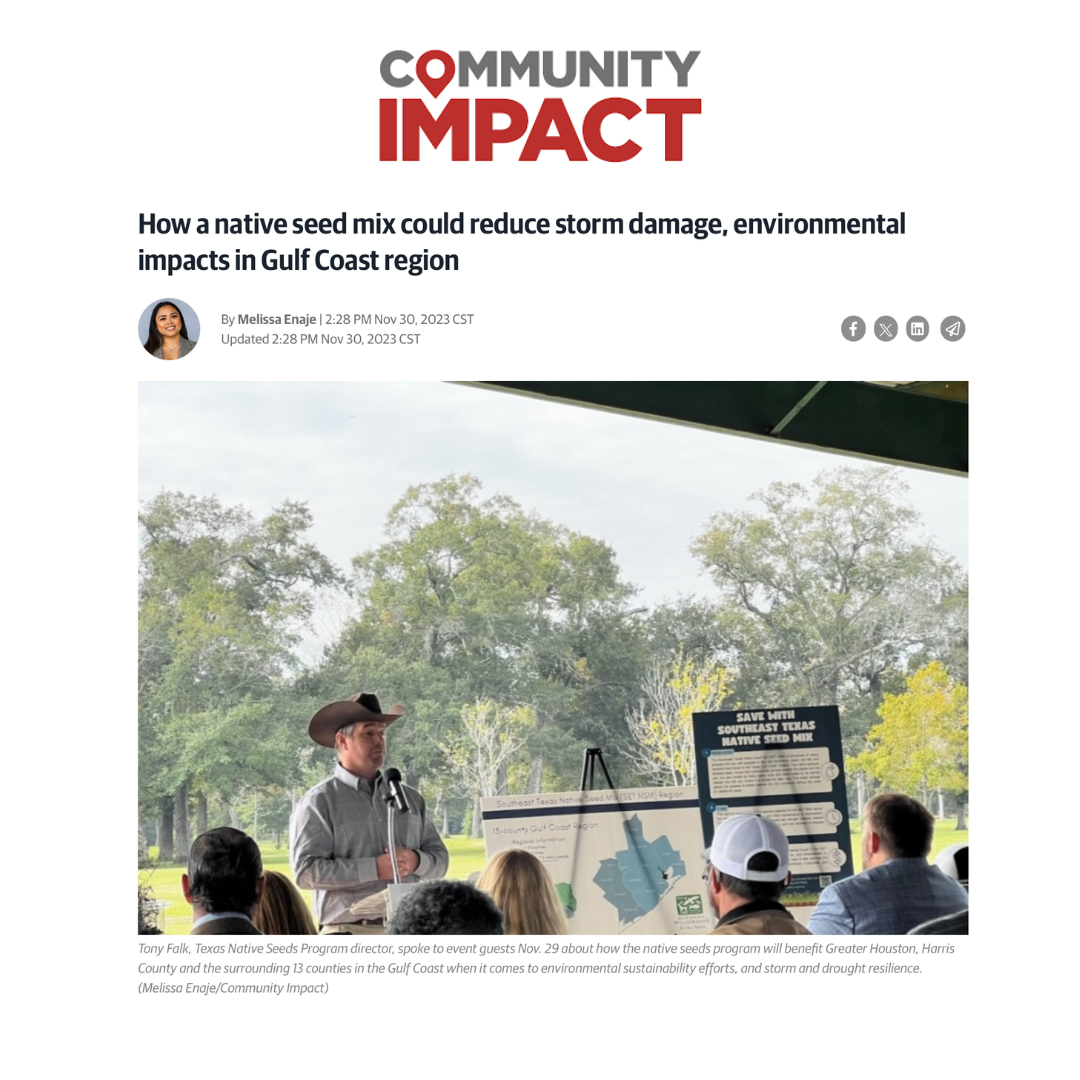The Riverine Targeted Use of Buyouts (TUBs) Program
The pioneering Riverine Targeted Use of Buyouts (Riverine TUBs) Program is a targeted nature-based infrastructure (NBI) approach to coastal resilience and hazard mitigation. This program is accomplished through a long-term strategy for habitually-flooded, multiple contiguous properties along riparian corridors to be:
purchased by respective regional counties or municipalities,
held by the county or municipality with enhancement MOUs with community partners including HW, and
enhanced with native grass bioswales and wetland restoration areas and large-scale reforestation through targeted native trees
Additionally, the Riverine TUBs Program has created a Best Management Practices (BMPs) document for native grass bioswales that federal, state and local agencies can use to advise application of NBI techniques along other riparian corridors. NBI enhancements and monitoring activities conducted through the TUBs Program will help mitigate flooding, improve water and air quality and benefit at-risk and EJ communities.
Check back in early January for 2026 Plantings!
NEW PUBLICATION featuring
the Riverine TUBs Program!
Map of Targeted Riverine TUBs Locations in Harris County
The Riverine TUBs Program has created a Best Management Practices (BMPs) document for native grass bioswales and wetland restoration areas that federal, state and local agencies can use to advise application of NBI techniques along other riparian corridors. NBI enhancements and monitoring activities conducted through the TUBs Program will help mitigate flooding, improve water and air quality and benefit at-risk and EJ communities.
